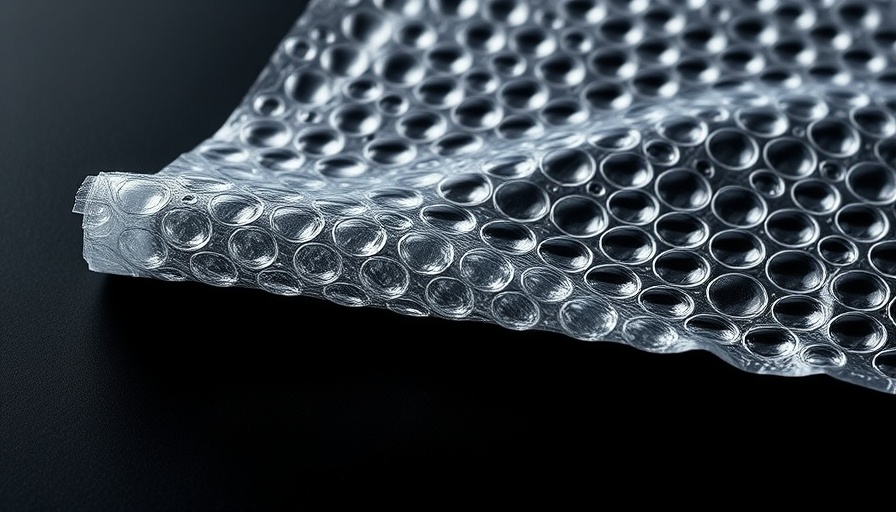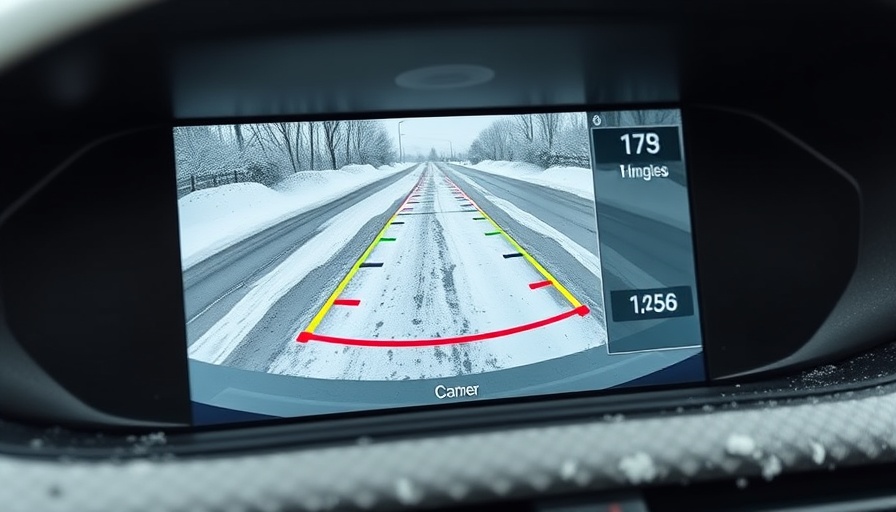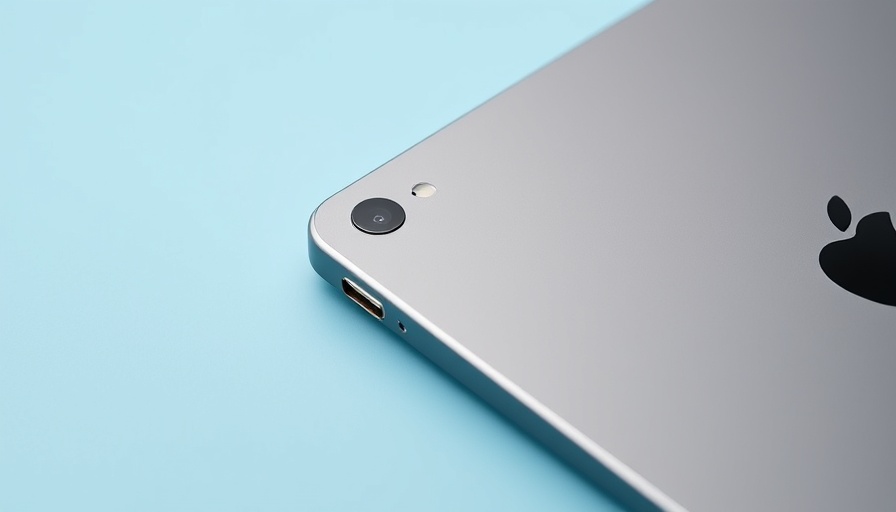
The Essential Guide to Properly Using Bubble Wrap
For homeowners engaged in a move or anyone transporting fragile items, knowing how to correctly use bubble wrap is crucial. Surprisingly, many people don’t realize that not all surfaces of bubble wrap provide the same level of protection. Only one side of bubble wrap is designed for cushioning: the bubble side. This key insight can help ensure that your delicate items arrive at their destination intact.
Understanding the Structure of Bubble Wrap
Bubble wrap consists of pockets of air trapped in polymers, creating the characteristic bubbles that we all love to pop. This ingenious design is no accident; it’s meticulously created to provide maximum cushioning. According to Ross Sapir, founder and CEO of Roadway Moving, the assembly of bubble wrap involves melting and combining polyethylene beads into thin sheets, which are then molded into bubble shapes while a flat layer seals them in place. This construction results in one side being bubble-filled and the other flat; the flat side facilitates easier handling and stacking, an important consideration when preparing for a move.
Why the Right Side Matters When Wrapping
When it comes to wrapping fragile items, it does indeed matter which side of the bubble wrap you use. The bubble side should always be facing the item being wrapped. This orientation allows the bubbles to absorb shocks and vibrations, which is essential for protecting glassware, ceramics, and other delicate souvenirs. If the flat side is in contact with the object, it can lead to direct pressure on the fragile material, increasing the risk of breakage during transit.
Your Step-by-Step Bubble Wrap Guide
Learning the proper way to wrap items in bubble wrap can make the difference between a smooth move and a disaster. Here’s a simple guide:
- Lay the bubble wrap on a flat surface with the bubbles facing up.
- Center your item on the sheet.
- Encase the item completely in the bubble wrap.
- Use packing tape to secure the wrap around your item.
- If dealing with extra fragile items, consider double wrapping for even more protection.
- Finally, place your wrapped item in a box cushioned with materials like packing peanuts or crumpled paper.
This step-by-step method maximizes protection and ensures that your items remain secure and intact throughout the moving process.
Common Mistakes to Avoid When Using Bubble Wrap
Many people think that any wrapping will suffice as long as the bubbles are present. However, neglecting the recommended bubble side can lead to issues during transit. Always remind yourself to check the orientation before wrapping. Additionally, failing to secure the wrap properly with packing tape or overlooking the use of cushioning inside the box can result in items shifting, ultimately leading to damage.
Final Words for Homeowners Preparing to Move
In conclusion, understanding how to use bubble wrap correctly can save homeowners from costly damages to their valued possessions during a move. By following the guidelines provided, you can ensure that your items are well-protected and your moving experience is stress-free. If you're planning a move, take a moment to assess the packing materials you use; bubble wrap could be your best friend when handled correctly!
 Add Row
Add Row  Add
Add 




 Add Row
Add Row  Add
Add 

Write A Comment